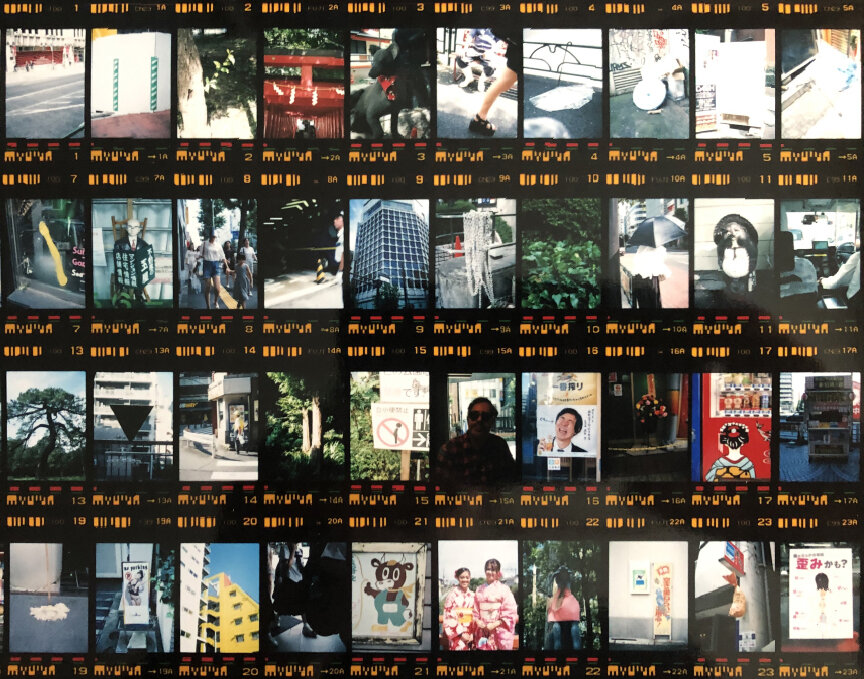The life of a film photographer is sometimes an emotional minefield. The thrill of the “shoot and wait to see” process is often offset by soul crushing disappointment. Cameras are mis-loaded, film is exposed improperly, chemicals are exhausted… dust and scratches and fog, oh my. Add to the rollercoaster ride of emotions the pursuit of a working film camera. Sifting through Craigslist, thrift stores, yard sales and Ebay is a common pastime for film geeks. I experienced a bit of the bad end of the pursuit recently, and I’m still kinda pissed about it.
Why did I need to buy a 110 film camera? The bane of my existence in 7th grade, a shitty format that now seems so quaint and enticing. Fuck you, nostalgia. Lomography are like camera and film drug dealers to me. They are the only place to buy new 110 film cartridges. I bought a few rolls recently, not even owning a camera to shoot them with. So I jump on to Ebay, and hunt down a sporty, sexy old Minolta SLR zoom 110 camera. Yeah… a Rolls Royce of the tiny format. The camera looked good, was sold “as-is” but at a decent price. I rolled the dice. Of course, the anticipation of tracking a package from UPS is part of the thrill of buying something online. A 50 year old camera inching closer to my grubby hands. Of course, it arrived days after it was scheduled to be delivered. Of course, I opened the package immediately and popped batteries in and pressed the shutter. A weak, painfully slow reaction happened inside the camera…eventually I heard a faint click. No warning lights, no view to be seen through the viewfinder. Then…nothing. Nothing. In short, a lemon. A paperweight.
I decided since it wasn’t working anyway, I’d try to take it apart and fix it. Small, Phillips head screws held the body together. Simple to open up and poke around. Except that I am not at all mechanically inclined. My ten thumbs quickly dismantled the camera with no fucking way for me to even think of fixing it; never mind trying to put it all back together. In a fit of frustration, I threw the camera on the ground, where it burst into multiple pieces. I swept up the debris and threw it all in the dumpster. Case closed.
This is not the first time I threw money out the window on a non-functioning camera. My success rate is slightly over 50%, if I’m being honest. This one stung more than others though. Why? Was it that I bought into the hype over a format that was inferior when it first came out, swapping image quality for ease of loading and shooting? I scoffed when I heard Lomo was coming out with 110 film. And yet…and yet. So what do you do when you get burned by defeat? Do you walk home with your tail between your legs? Do you go home and cuddle with your Canon 6D, 23 megapixel lover who won’t break your heart? Or do you double down and fight against all odds to snatch victory from the jaws of 50 year old, dormant technology?
My new Minolta 110 slr zoom camera arrives in about a week.


